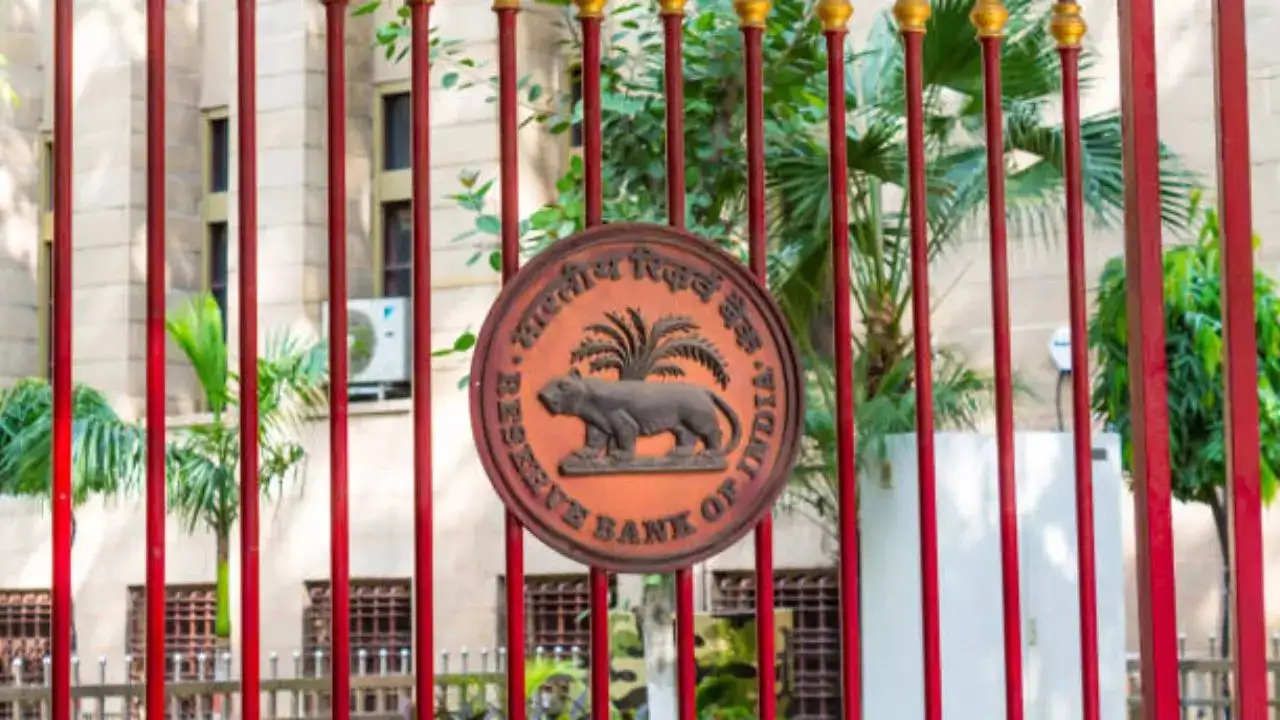Copyright timesnownews

The Reserve Bank of India (RBI) on Friday released draft guidelines allowing banks to extend loans for corporate takeovers, a move that overturns a decades-old prohibition. The proposed framework permits lenders to finance up to 70 per cent of an acquisition’s total cost, with the remaining 30 per cent to be funded by the acquiring company through its own equity contribution. As an example, if an acquisition is valued at Rs 10,000 crore, banks will be allowed to provide up to Rs 7,000 crore in funding. To qualify, the acquiring entity must be a listed company with a track record of profitability over the last three financial years. “The acquisition value of the target company should be determined by two independent valuations, as prescribed under SEBI regulations,” the RBI noted in its draft guidelines. Decades-Old Ban Revisited The move comes on the heels of RBI Governor Sanjay Malhotra’s announcement during the October 1 monetary policy meeting, where he confirmed that lenders would soon be permitted to finance corporate takeovers. For years, banks were barred from such lending due to concerns that promoters might misuse funds to gain control of companies instead of pursuing genuine business growth. Until now, only acquisitions under the Insolvency and Bankruptcy Code (IBC) were exceptions to this rule. Safeguards and Exposure Limits Introduced To ensure prudence, the RBI has directed banks to craft a comprehensive policy governing acquisition financing. This framework must outline borrower eligibility, risk controls, security and margin requirements, and overall exposure caps. According to the draft, the aggregate exposure towards acquisition financing cannot exceed 10 per cent of a bank’s Tier 1 capital. “(The) Acquiring company should be a listed entity, having a satisfactory net worth and profit-making for the last three years. The annual returns of the target company should be available for at least the previous three financial years,” the RBI said in its Draft Reserve Bank of India (Capital Market Exposure) Directions, 2025. Further, the acquirer and target cannot be related parties, as defined under Section 2(76) of the Companies Act, 2013. The debt-to-equity ratio post-acquisition must stay within a 3:1 limit. The loan must also be fully secured by the target company’s shares, while assets of either entity may be accepted as collateral under the bank’s policy. The central bank emphasised continuous risk monitoring and stress testing, stating: “Banks should put in place rigorous and continuous monitoring of acquisition finance exposures to manage the risks, with early warning systems and regular stress testing to detect and address any signs of stress in the portfolio.” The RBI also reiterated that a bank’s overall capital market exposure on a solo or consolidated basis should not exceed 40 per cent of its Tier 1 capital, ensuring financial stability while expanding credit access for mergers and acquisitions.



